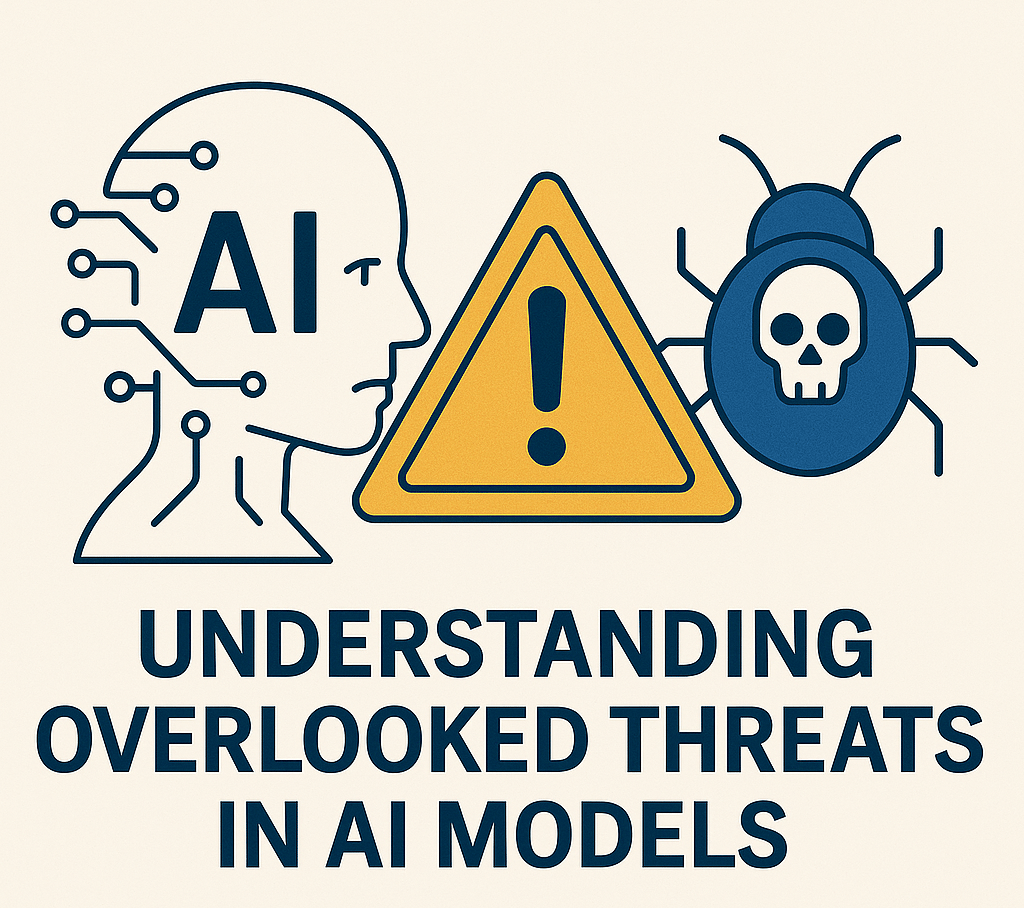Understanding Overlooked Threats in AI Models
7/21/20252 min read


Introduction to AI Model Risks
As artificial intelligence continues to transform industries, understanding the risks associated with AI models becomes increasingly paramount. While their capabilities are vast and innovative, there are several threats that organizations must be cognizant of to ensure their AI systems operate safely and effectively. In this article, we will explore the top three overlooked threats inherent in AI models and discuss how Dynamic Comply can help mitigate these risks.
1. Data Privacy Violations
One of the most pressing threats regarding AI models is the potential for data privacy violations. AI systems often process vast amounts of sensitive data, which, if improperly managed, can lead to unauthorized access or data breaches. Inadvertent bias may arise in the data used to train these models, leading to outcomes that could infringe upon individual privacy rights. Dynamic Comply's solutions provide real-time monitoring and compliance checks which ensure that data handling is ethical and aligned with privacy regulations, thereby reducing the risk of violations.
2. Model Bias and Discrimination
Another significant concern is model bias, where AI solutions may inadvertently perpetuate existing inequalities. This often occurs when the training data reflects societal prejudices. For instance, if an AI model is trained predominantly on data from a specific demographic, it may not perform well for others, leading to discriminatory outcomes. Dynamic Comply emphasizes fairness and accountability in AI deployments. Through comprehensive audits and assessments, their framework helps organizations identify and eliminate bias in their AI models, ensuring more equitable results.
3. Lack of Transparency and Explainability
Lastly, the lack of transparency in AI operations presents a critical threat. Many AI models, particularly those based on deep learning, function as 'black boxes', making it challenging to understand how decisions are reached. This obscurity can lead to mistrust from users and stakeholders. Dynamic Comply's approach prioritizes transparency by incorporating tools that offer insights into AI decision-making processes. By enhancing explainability, organizations can foster greater trust and align model outputs with expected ethical standards.
In conclusion, while the potential of AI models is vast, the threats posed by data privacy violations, model bias, and lack of transparency can have serious repercussions. By partnering with Dynamic Comply, organizations can effectively navigate these challenges, ensuring not only compliance with best practices but also fostering trust and fairness in their AI applications.
Connect:
(571) 306-0036
© 2025. All rights reserved.
